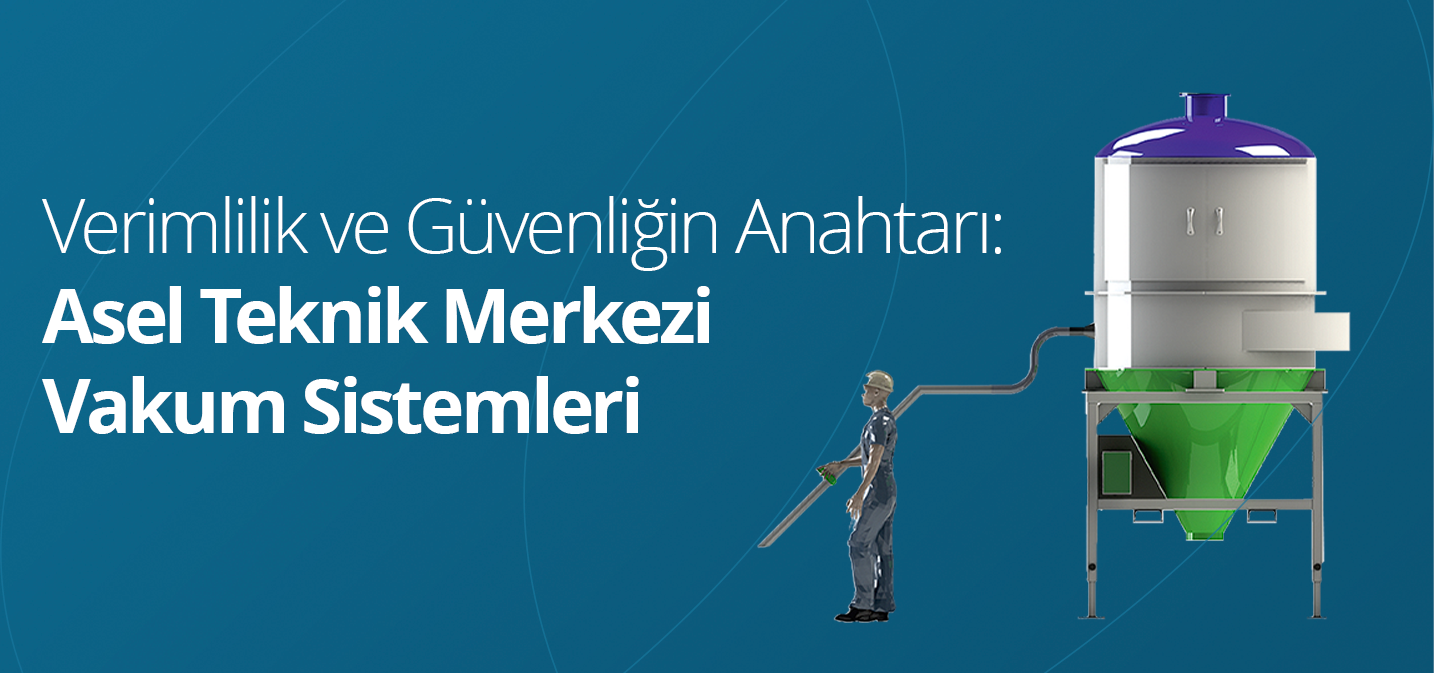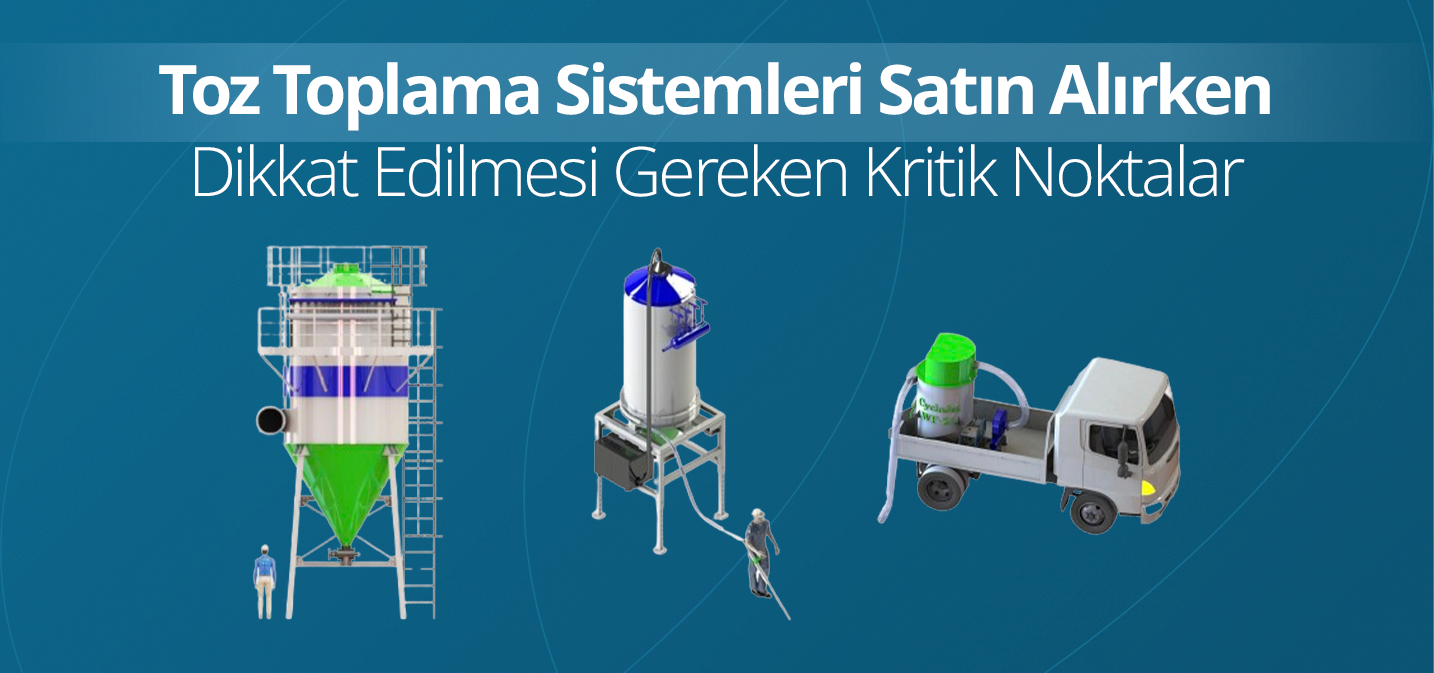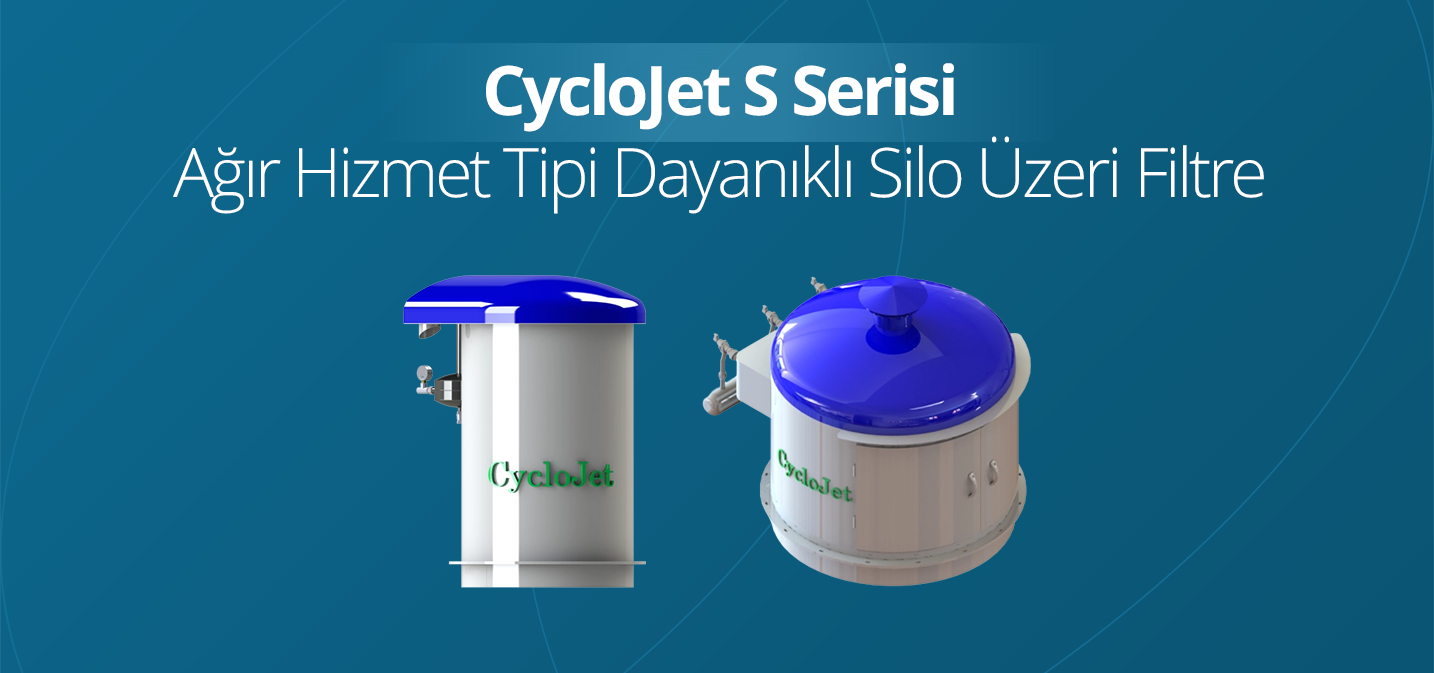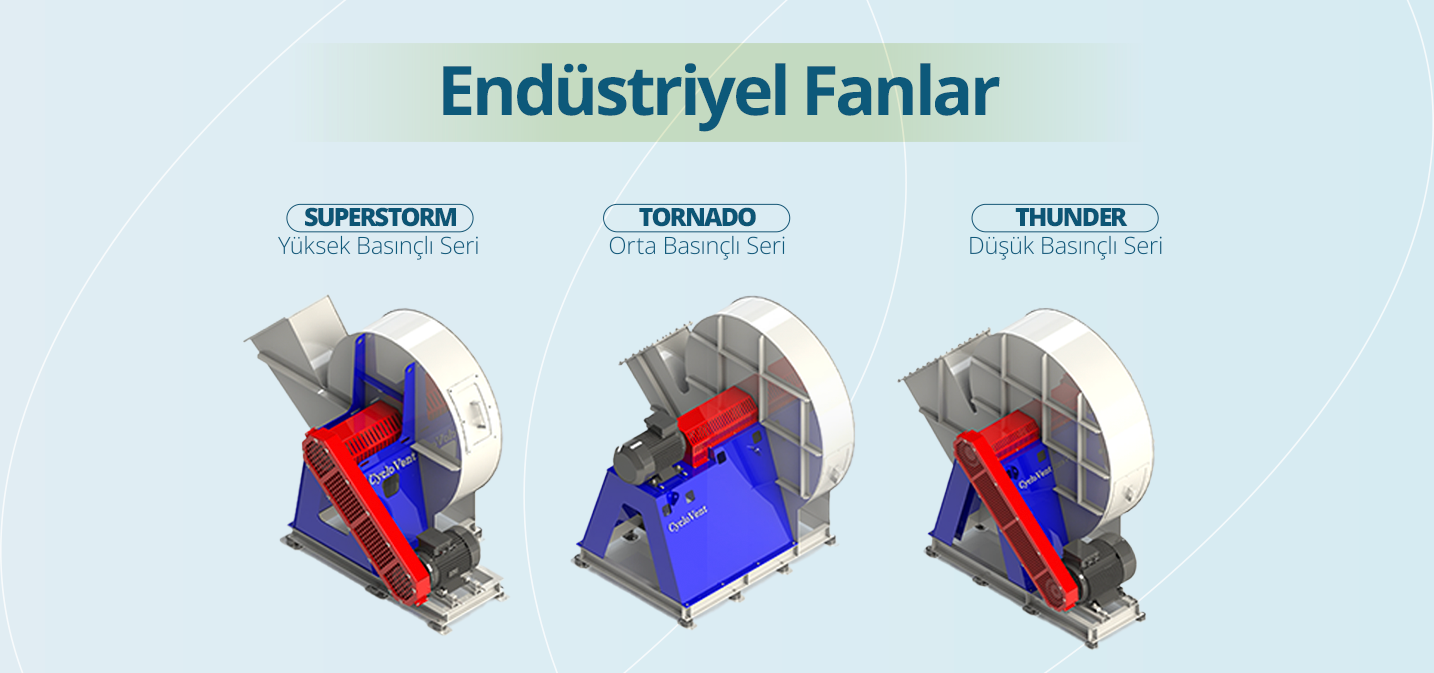The Hidden Cost Trap in Industrial Facilities: Is a 35% Energy and Consumables Saving Possible in Dust Collection?
In industrial production, dust is not only a cleaning problem but also the silent enemy of operational efficiency and profitability. Many facilities use standard dust collection systems to deal with this problem. But have you ever considered that these systems might actually be a hidden cost trap that constantly eats away at your budget? Old-generation systems that operate on a “switch on and forget” logic slow down your business with unnecessary energy consumption and high maintenance costs.
As ASEL Teknik, we say “stop” to this inefficiency. With the smart solutions we have developed using our own patented technology and engineering expertise, we prove that dust collection can be an investment in efficiency, not just an expense item. Yes, you heard right; with the right technology, it is now possible to achieve energy and consumables savings of up to 35% in this area.
The Blind Spot of Traditional Systems: Why Are You Constantly Losing Money?
The main problem with traditional dust collection systems is that they are not “smart.” Whether the dust load in production decreases or increases, the fan motors continuously run at full speed. This triggers a chain reaction:
- High Electricity Bills: Fans consume maximum electricity continuously by running at 100% capacity, even when not needed.
- Shorter Filter Life: Filter elements wear out much faster and require frequent replacement because they are unnecessarily exposed to constantly high airflow.
- Increased Compressed Air Consumption: Compressed air, one of the most costly resources to produce, is used excessively to clean the dirty filters.
These three items unconsciously create a big hole in your business budget at the end of the month.
The Solution: Meet ASEL Engineering – CycloJet and Cyclojet Smart
This is where the patented CycloJet Dust Removal Systems developed by ASEL Teknik come into play. At the heart of these systems lies the innovative Cyclojet Smart automation software.
How Cyclojet Smart Works and How It Saves You Money?
Our system continuously “sees, measures, and optimizes” instead of running “blind.”
- Smart Monitoring: Advanced sensors instantly monitor the flow rate of dusty air drawn from the production line.
- Dynamic Adjustment: The Cyclojet Smart software analyzes this data and adjusts the speed of the radial fan impeller with split-second precision. That is, the fan slows down when the dust load decreases and increases to the optimum level when it increases.
- Up to 35% Energy and Consumables Saving: Thanks to this smart control, energy is consumed only as much as needed. As a result, a proven reduction of up to 35% in total energy and consumables savings is achieved in electricity, compressed air, and filter element expenses.
Not Just Smart, But Also Powerful and Quiet: CycloVent Fans
The efficiency of a system is directly proportional to the quality of every single component that makes it up. We derive the power of our CycloJet systems from the CycloVent Industrial and Radial Fans, which are also our own design and production. Equipped with high-efficiency motors and superior aerodynamic designs, these fans:
- Offer Maximum Energy Efficiency.
- Increase the comfort of the working environment with their quiet operation.
- Have a long-lasting and durable structure.
Conclusion: Invest in Efficiency and the Future
Dust collection no longer has to be a “mandatory task that must be done.” With the smart and custom-designed systems offered by ASEL Teknik, you can turn this necessity into a profitability and efficiency opportunity for your business.
Take the first step to uncover your business’s hidden costs and see how we can maximize your efficiency.
Request a free discovery and efficiency analysis from our expert engineers. Let us show you on-site how you can achieve up to 35% savings in energy and consumables costs with your dust collection systems!










